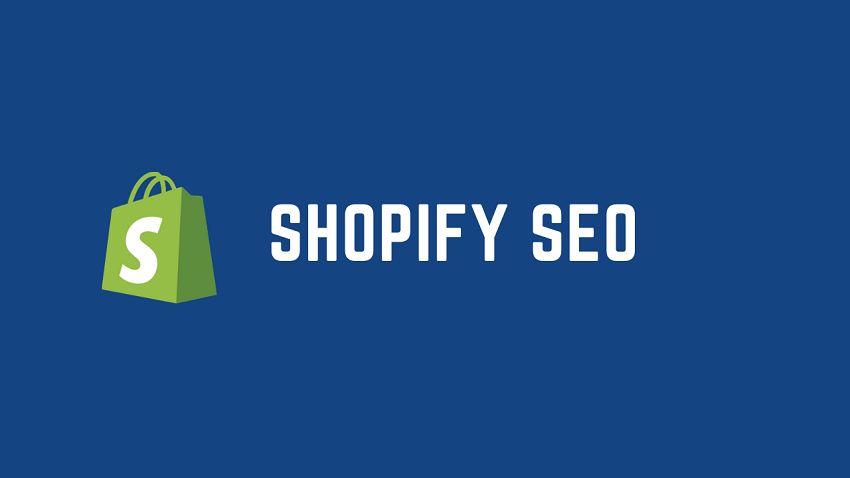While you’re attempting to sell online, introducing a new product, creating a web profile, or establishing a side hustle, you have an essential issue to fix: how do you attract buyers to locate your business?
Search engine rankings have a serious influence on how effortlessly customers can locate your brand. The higher your eCommerce store ranks in search engine rankings, the more visitors it will attract. This, of course, drives more sales. And with this Shopify SEO Guide, you get that easy and quick.
People might find it uneasy to understand the concept of higher ranks. How can they improve their ranking? Simply with better utilization of Search Engine Optimization (SEO).
In this article, we will show you how to unlock the potential of SEO and get stellar rankings to help your business.
It is your chance to increase your Shopify store rank, engage tons of buyers, and develop a useful platform by yourself for FREE! That’s correct, it won’t cost you anything but your time to resolve SEO issues with Shopify. By using the best Shopify SEO tools, you can enhance your performance.
Let’s dive straight into our Shopify SEO tips to optimize your site, shall we?
Refining the Framework of Your Shopify Site
To rank first on a search engine results page, your store’s content must be simple to navigate and match the objective of a possible visitor. This is a vital backbone of your Shopify SEO checklist.
When customers can discover what they’re searching for efficiently and simply, they tend to be more interested in your business and visit more items, which can benefit your ranking in search engines.
But remember, don’t get too enthusiastic about creating a lot of categories and subcategories since it might exaggerate items and confuse buyers.
In regards to product and category pages, your website should have an About page and a Contact page too. Since these pages tell customers and online services that you are legitimate and dependable, it’s better that you don’t skip them.
Enhancing User Experience
There are three sorts of SEO that may assist you in increasing traffic and improving your website experience. These SEO services are technical SEO, on-page SEO, and off-page SEO.
In our opinion, when you merge these three in your content is when you truly complete the Shopify SEO checklist. You will hit the sweet spot (the most successful method).
Technical SEO is vital because it guarantees that your website is optimized for search engines, crawlers, and mobile platforms that it has a fast page load time and that its layout, navigation, and internal links make it easy to explore.
Building a speedy site is not only vital for keeping consumers interested, but it is also significant for Google. According to experts and Shopify SEO Guides, it will help you gain more exposure and a higher rating.
Adaptive themes may also improve usability and keep users on your site for longer periods. Because Google considers time on-page to be a measure of a platform’s value, creating a convenient and comprehending site can help ranks.
Target Keywords
The finest approach to thinking about keywords is to think of the requests that visitors use and enter into search engines. By including the right target search terms on your site, you will make it easier for clients to locate you and, as a result, increase your traffic.
Step into the shoes of your consumers. What keywords might you type into Google to locate the things you sell? Execute this correctly, and you win over SEO issues with Shopify.
Keywords may be included in your website content, meta description, title tags, URL, and other areas. These target keywords will provide you with high volume and minimal competition.
Link Building
Link Building is the practice of obtaining hyperlinks from other websites that lead to your own. Shopify SEO tips reflect directly on this subject. This not only directs clients but also informs Google that you are a reliable brand.
It considers the number of links pointing to your store and the quality of backlinks, so if your links are on popular and respected websites, you are extremely likely to rank well. Set goals for the number of links, the quality of the links, and the relevance of these links.
The best method to handle it is through collaborations with your industry networks. Furthermore, foundational links from social media, business, and specialized directories might help your product page receive more attention.
This ends the crucial notes of the Shopify SEO checklist and if you follow them methodically, you’ll get the most out of your website traffic.





